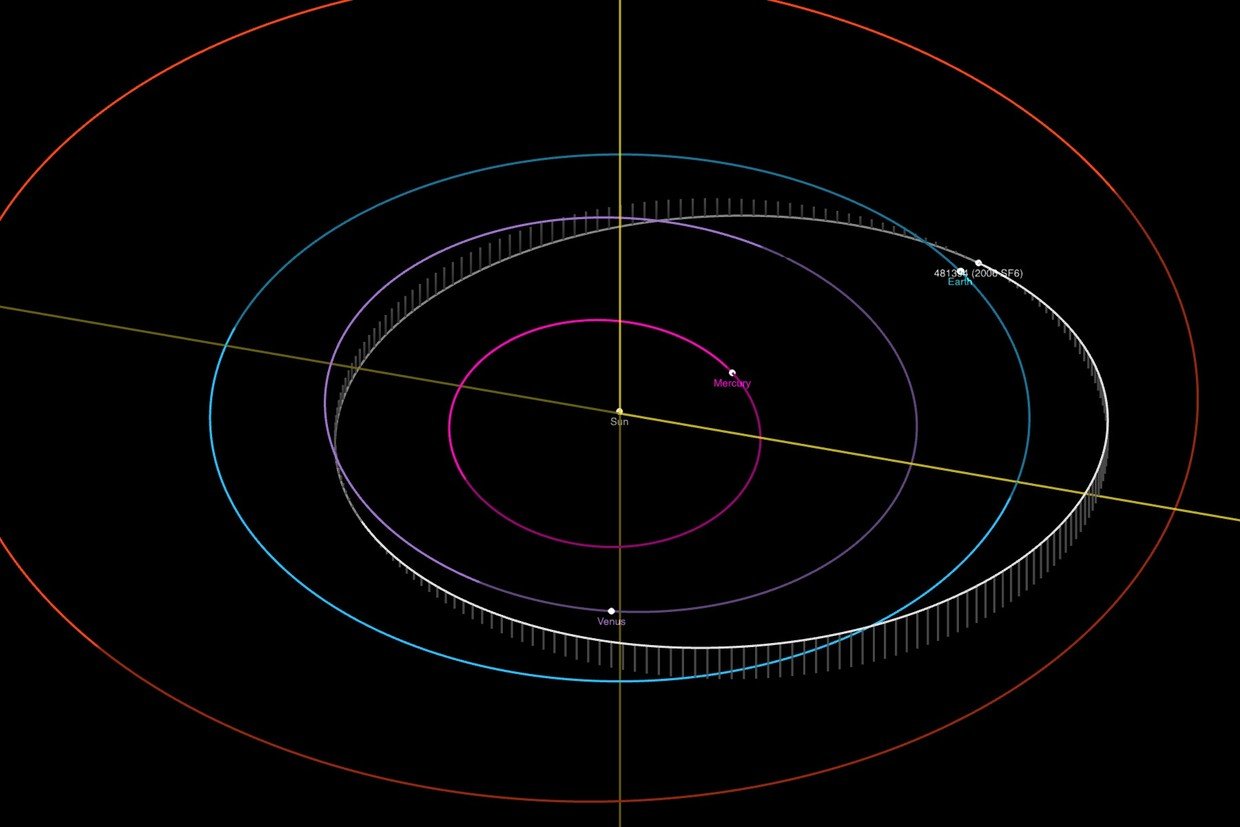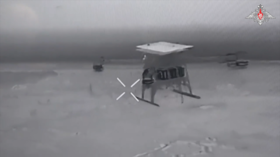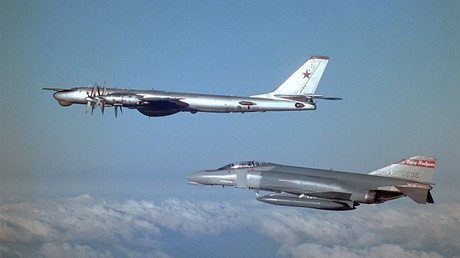Aste-RISK! NASA warns space rock twice the size of Eiffel Tower is bearing down on Earth

The seemingly never-ending stream of Earth-bound space rocks continues, as an Apollo-class asteroid measuring between 918ft and 2,034ft in diameter (280m-620m) is due to skim past our planet on November 21.
Affectionately dubbed ‘481394 (2006 SF6),’ the asteroid is traveling at a speed of roughly 17,780mph (27,360kph) and will make what NASA dubs a ‘close approach’ shortly after midnight (GMT) in mid-November at a distance of 2.6 million miles (4.2 million kilometers) away, or approximately eleven times as far away as the Moon.

The Apollo-class space rock is estimated to measure up to twice the size of the Eiffel Tower (or half the size of Ben Nevis for Brexiteers).
While the risk of impact is low, there is a small chance the Yarkovsky effect, in which sunlight can steer asteroids off their current trajectory, may send the asteroid even closer.
Also on rt.com Close encounter: HUGE asteroid sped past Earth at 22,000mphApollo asteroids are Earth-crossing asteroids initially discovered by German astronomer Karl Reinmuth in the 1930s that constitute a little over 10,000 of NASA’s 19,000 known ‘near-Earth objects’ (NEOs), which orbit the Sun within 18,600,000 miles of our planet.
Like this story? Share it with a friend!














